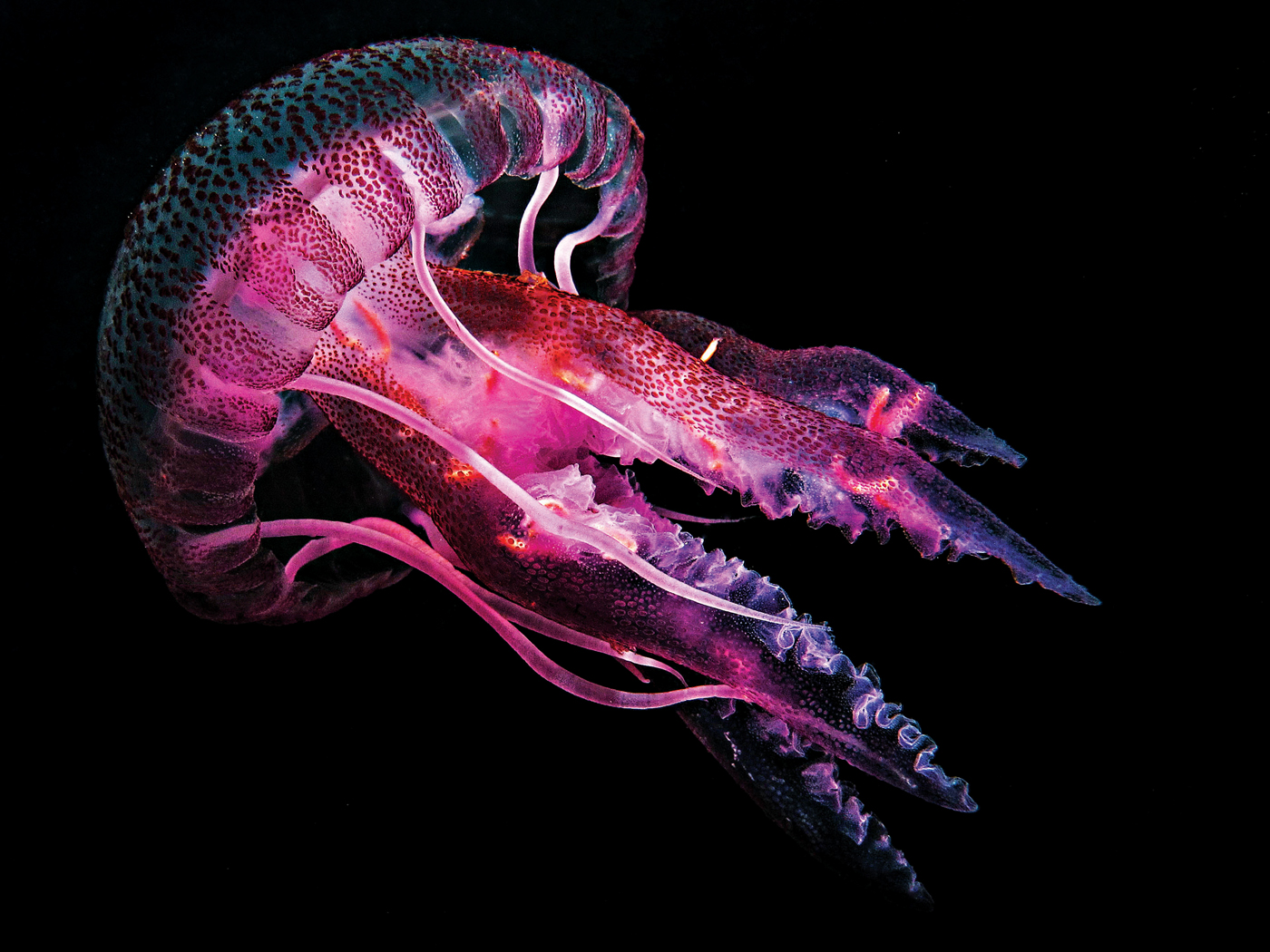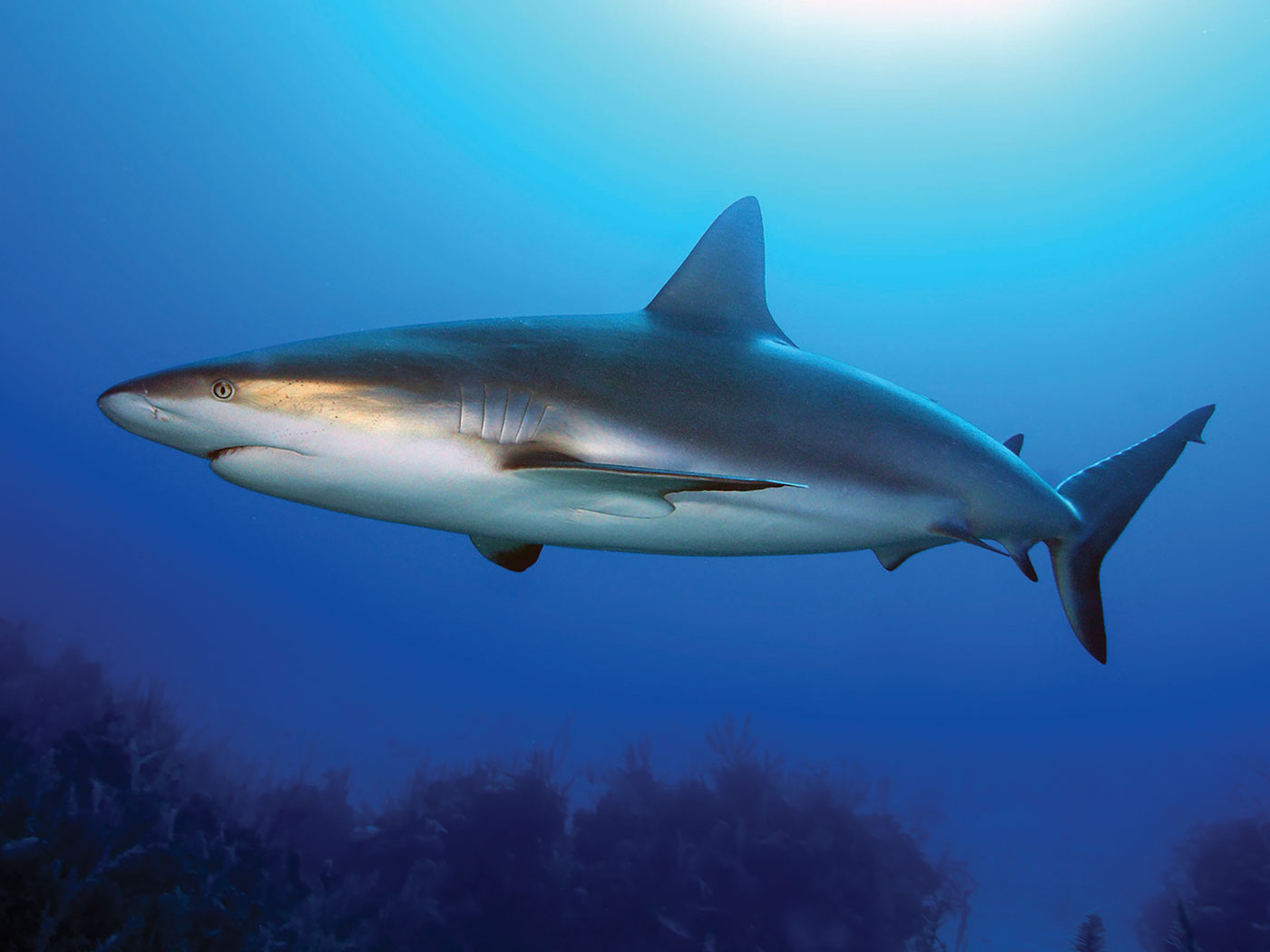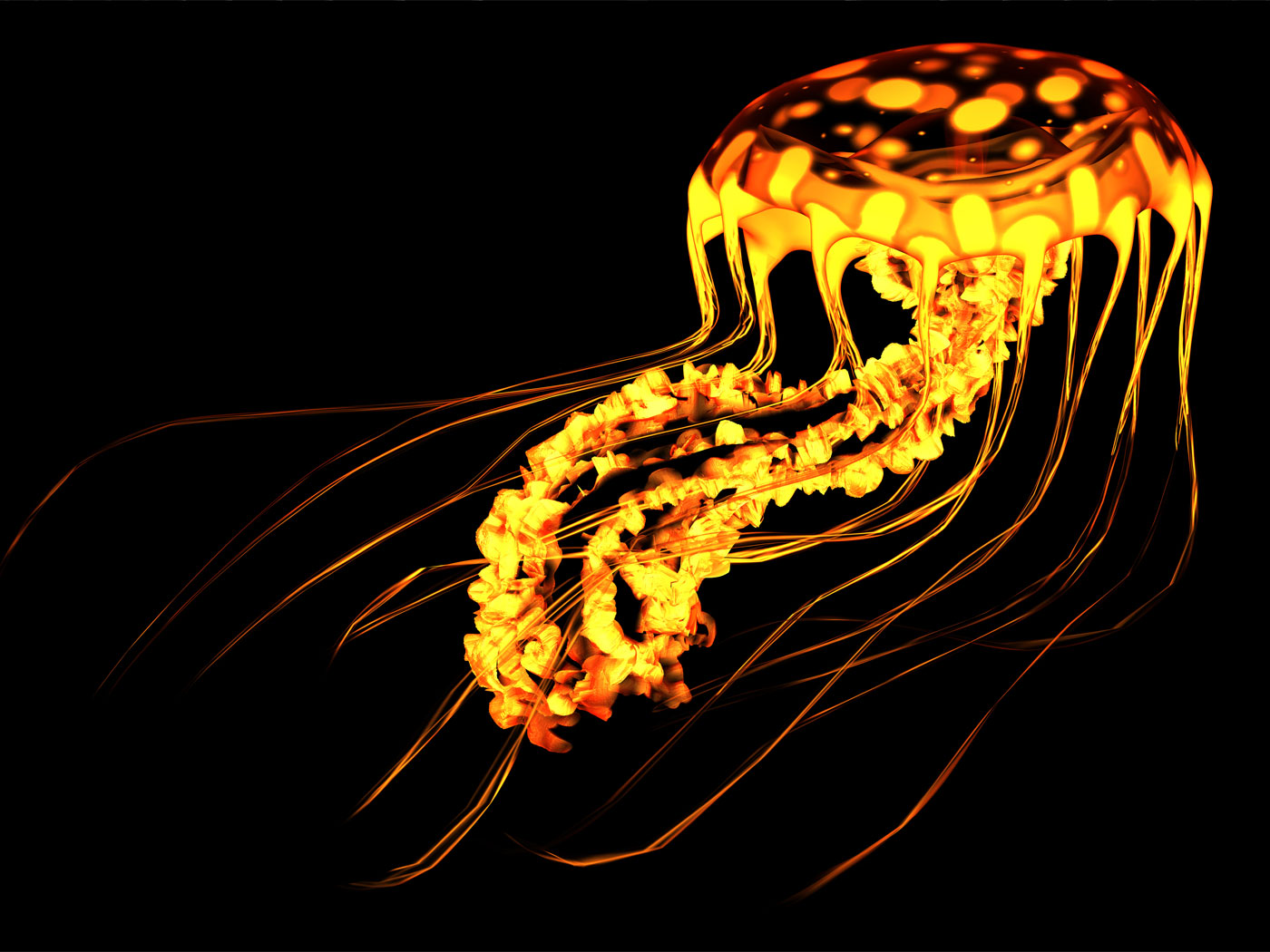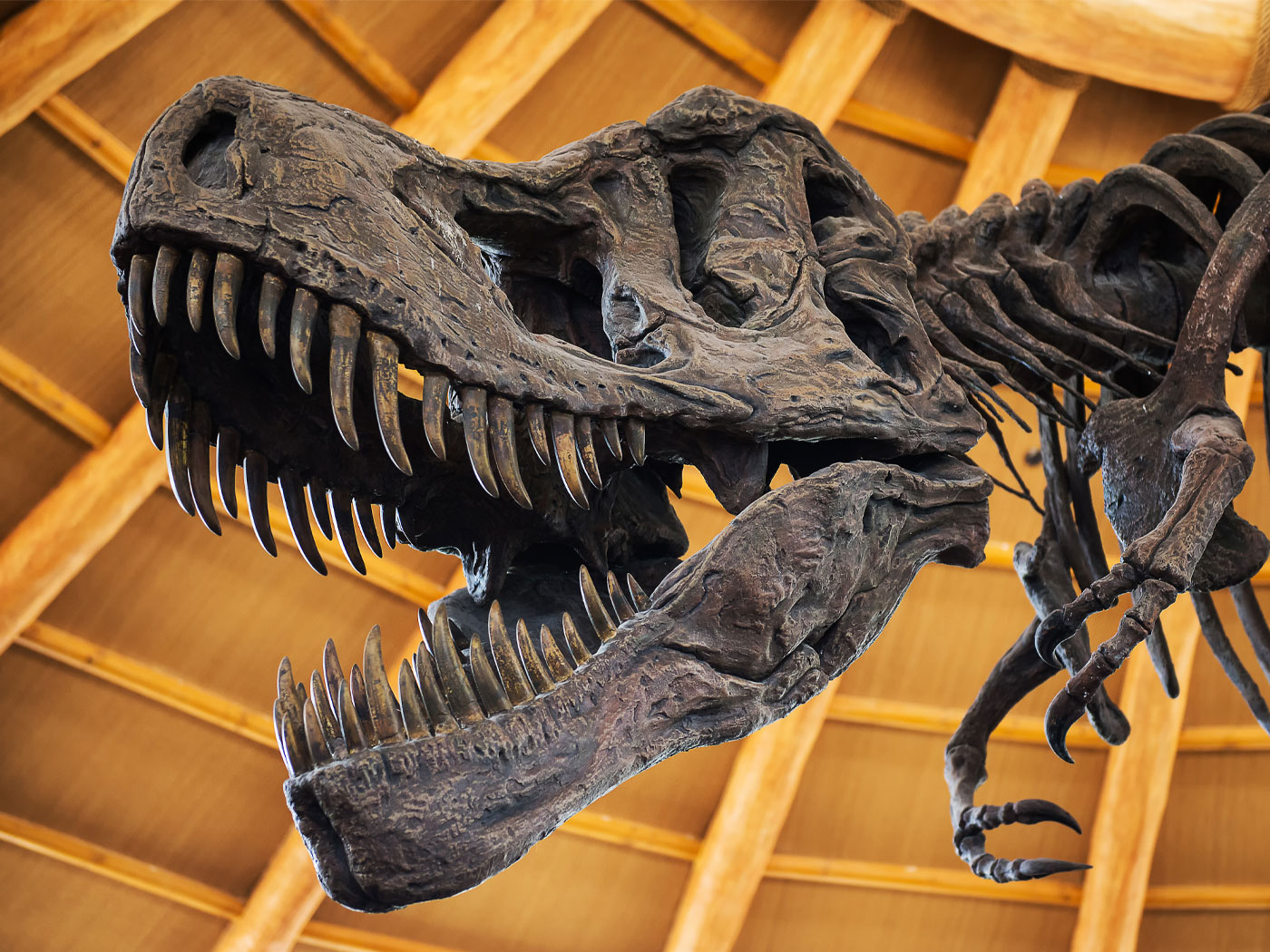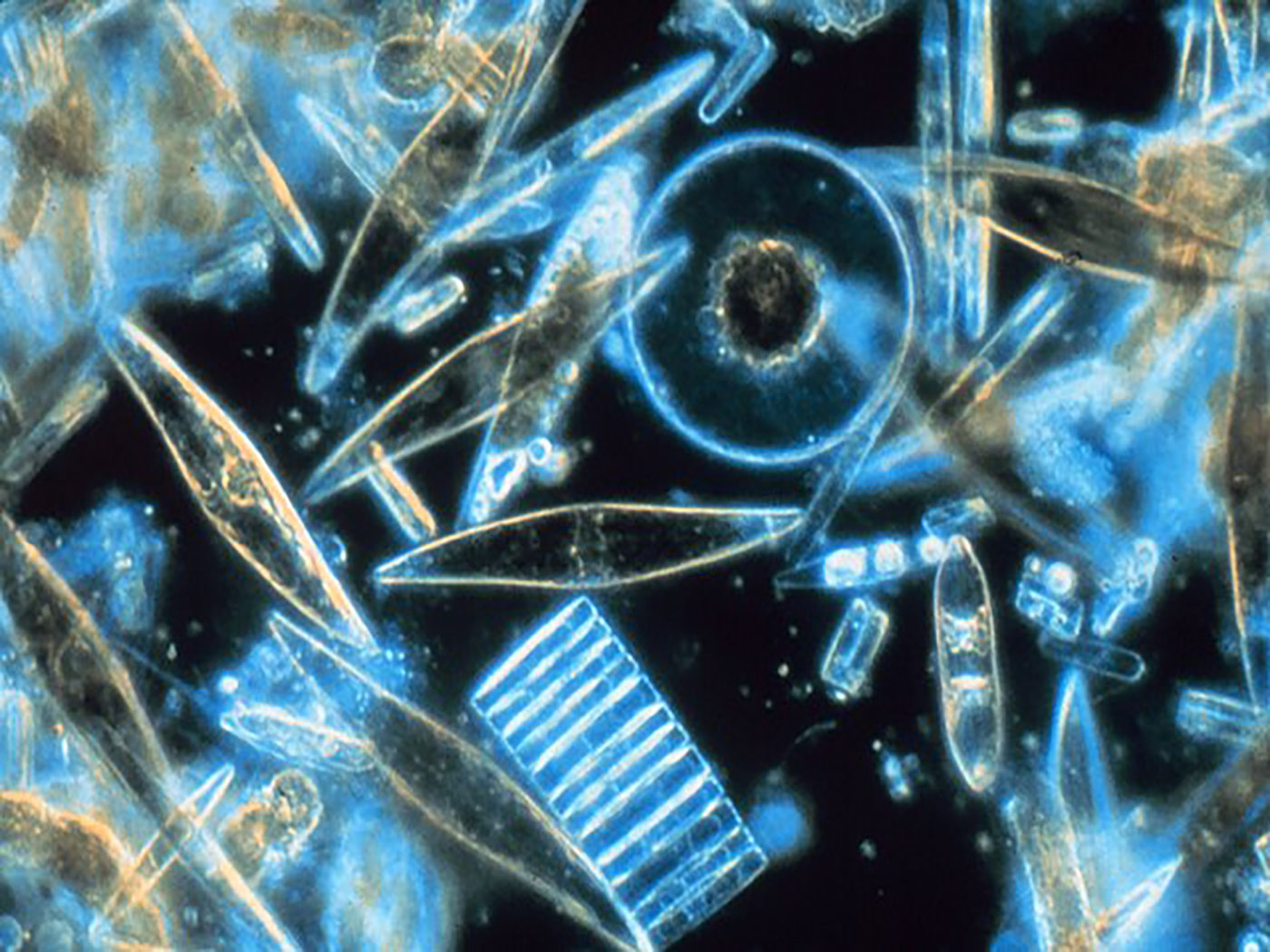In their quest to try and find some sort of evolutionary similarity between humans and apes, scientists have compared DNA, proteins, anatomy, behavior, and every other conceivable feature. But many of these attempts showed that a huge chasm of dissimilarity exists with no distinct evolutionary connection. And now, a new study comparing saliva between humans and apes is once again showing the uniqueness of humans and the failure of evolutionary reasoning.1
Your saliva is a highly designed and precise combination of important proteins required for preprocessing food in your mouth prior to entering your digestive tract. Human saliva also contains other specific types of proteins needed for the maintenance of tooth mineralization and protection from microbial pathogens. The sum total of the complement of proteins in saliva is called the salivary proteome.
In a recent research study, scientists compared the salivary proteomes of humans with two ape species considered to be our closest living evolutionary relatives: chimpanzees and gorillas. They also included monkeys (Rhesus macaque) as an evolutionary out-group—an alleged distant relative.
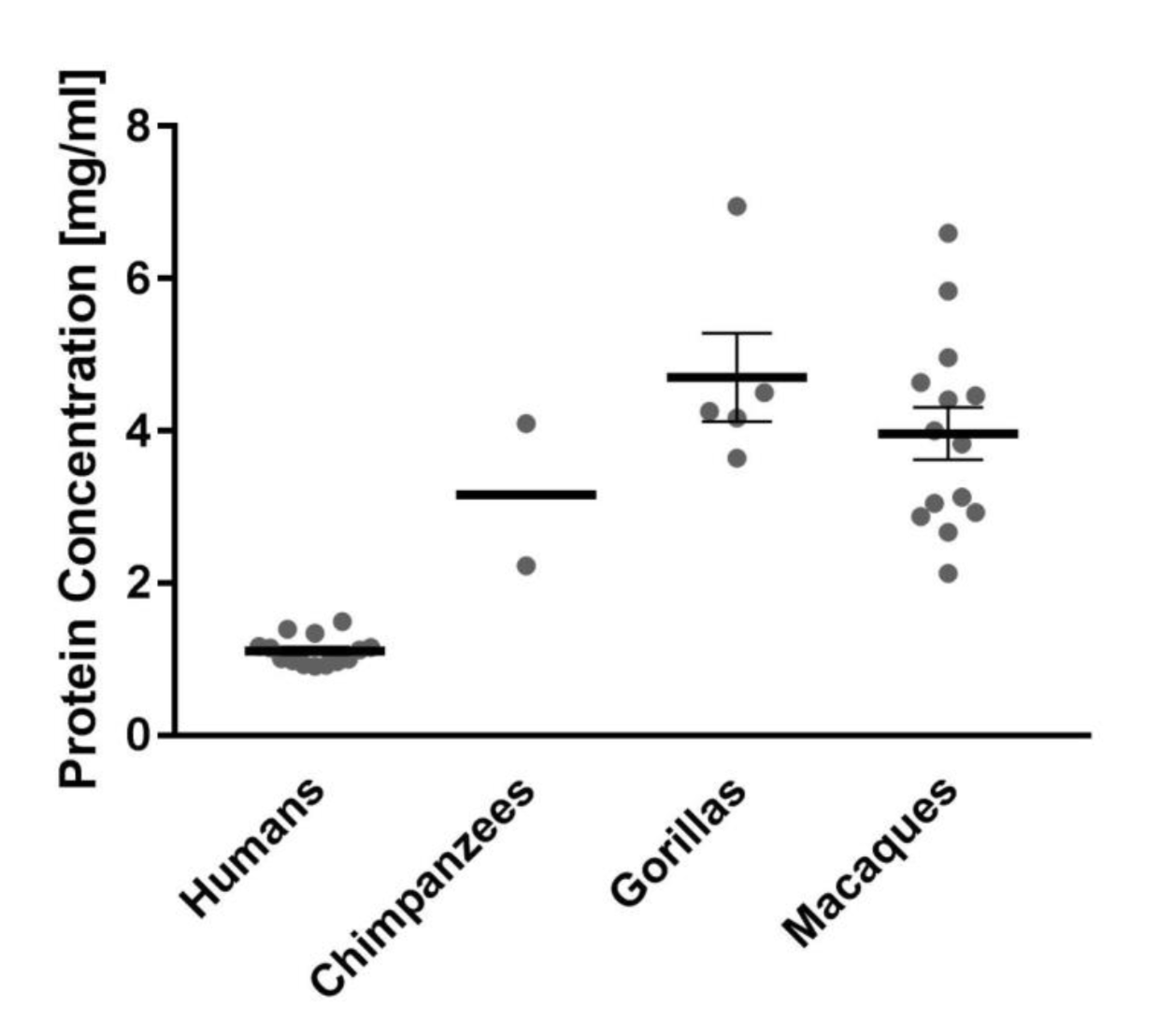
The first major difference the researchers noted was that human saliva is much more watery and diluted than apes’ and the overall concentration of proteins is much lower. In fact, human saliva contains half the total amount of proteins compared to apes and macaques (see figure).
The next thing the scientists observed was that the concentrations of the major groups of proteins is markedly different between humans and apes as well. The researchers also noted that human-specific proteins were found that do not exist in apes. Overall, the salivary proteomes were distinctly different between not just humans and apes, but also between chimps, gorillas, and macaques.
In their conclusion, the researchers stated, “We discovered unique protein profiles in saliva of humans that were distinct from those of nonhuman primates.” They also claimed, “Certain properties and components of human and nonhuman primate saliva might have evolved in a lineage-specific manner.”1 The term “lineage specific” means there is no evolutionary overlap; each human, ape, and monkey salivary proteome is unique.
This observance doesn’t line up with evolution, but fits well with Genesis that tells us God created each type of creature after its kind.2 Humans, chimps, gorillas, and macaques are unique kinds, and both science and scripture continue to confirm this biological truth.
References
1. Thamadilok, S. et al. 2020. Human and Nonhuman Primate Lineage-Specific Footprints in the Salivary Proteome. Molecular Biology and Evolution. 37 (2): 395-405.
2. Genesis 1:21, 25
Dr. Tomkins is Life Sciences Director at the Institute for Creation Research and earned his doctorate in genetics from Clemson University.
Ape Spit Radically Different from Human
The Latest
The Evolutionary Status of Bioluminescence
There is nothing so beautiful (and sometimes breathtaking) than observing creatures designed with the ability to undergo fluorescence, the biological...
Peace, Peace, When There Is No Peace
“They have healed also the hurt of the daughter of my people slightly, saying, Peace, peace; when there is no peace.” (Jeremiah 6:14)
This...
November 2025 ICR Wallpaper
"Oh, give thanks to the LORD, for He is good! For His mercy endures forever." (Psalms 107:1 NKJV)
ICR's November 2025 wallpaper...
Dinosaur Blood Vessels
by Brian Thomas, Ph.D., and Frank Sherwin D.Sc,(Hon)*
Recently, the prestigious Royal Society published a fascinating paper regarding partial haemoglobin...
CREATION PODCAST
Dr. Brian Thomas | From Blindness to Belief | The Creation Podcast:...
ICR’s science staff have spent more than 50 years researching scientific evidence that confirms the Bible's...
Discover the Evidence that Exists for the Bible!
For generations, the Bible has faced skepticism and challenges to its credibility. Critics have questioned whether it is merely a collection of stories...
Creation Kids: Llamas and Alpacas
by Bethany Trimble and Susan Windsor*
You're never too young to be a creation scientist and explore our Creator's world. Kids, discover...
Dr. James J. S. Johnson Goes Home to the Lord
Dr. James J. S. Johnson, chief academic officer and associate professor of apologetics for ICR’s School of Biblical Apologetics (SOBA), joined...
Designed to Fill the Waters
Marine invertebrate animals (jellyfish, crabs, snails, etc.) thrive within our global ocean, the largest habitable space on Earth. Their adult...
Go to Sleep, Wake Up, and Christmas!
One of my favorite Christmas memories happened when my youngest son, who is autistic, first began to understand the excitement of this joyous holiday....




